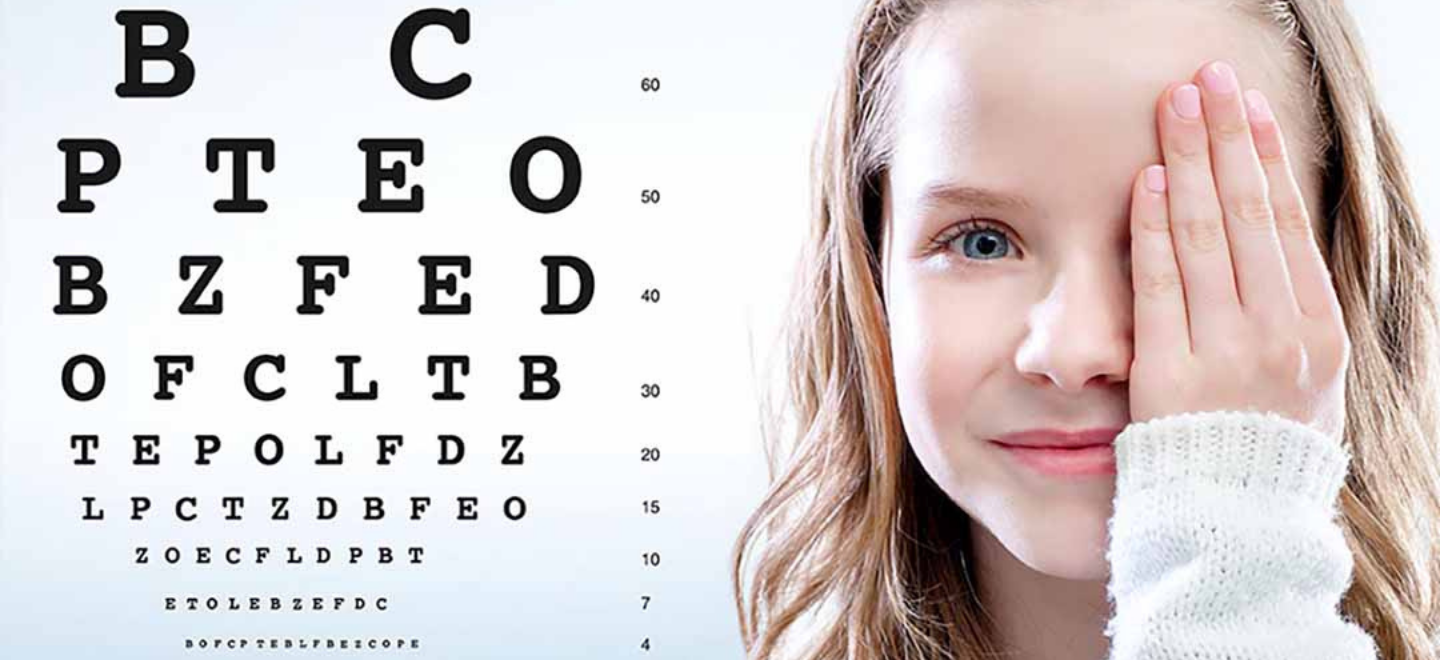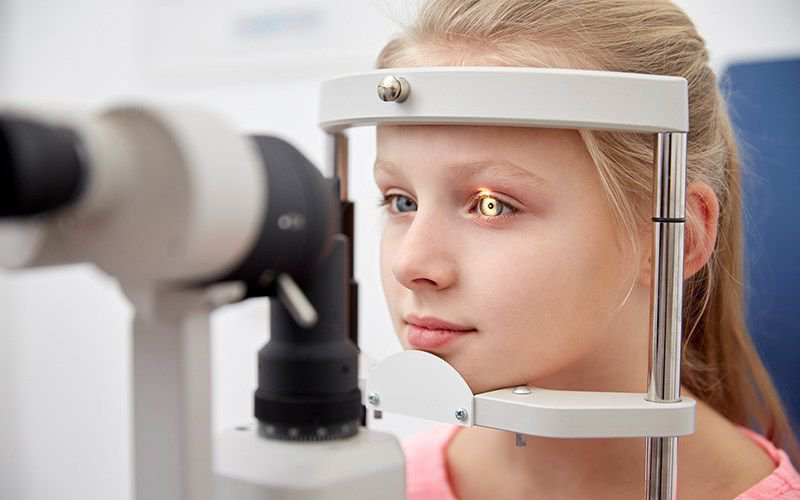1/ Why Should You Do Night Vision Tests at Home?
Have you ever seen oncoming headlights appearing blurry or broken? Or noticed that reading phone messages at night feels dimmer? Don’t blame it on fatigue too quickly – it could be an early sign of deteriorating night vision.

If your night vision gets blurry while driving, consider taking a vision test.
Blurry vision at night is a common condition that can stem from various underlying causes. While our eyes are supported by bright light during the day, at night, they must function differently. This is also the time when issues such as astigmatism, dry eye, or optical aberrations tend to become more noticeable.
Not everyone has access to regular eye exams, so self-conducting night vision test at home becomes a simple but essential step, especially for:
- People with high myopia or astigmatism
- Seniors or those who had eye surgery
- Night-shift workers, drivers, students, IT professionals…
2/ How to Perform a Simple Night Vision Test at Home
All you need is a night lamp, mirror, and common items like a TV remote, book, or vehicle plate. Try the tests below:

Simple home vision test
| Vision Test | How to Perform | Warning Signs |
|---|---|---|
| Compare Both Eyes | Stand in front of a mirror, look at a distant light, cover each eye one at a time and compare clarity | One eye sees worse or more glare → possible astigmatism or cataract |
| Dark Object Recognition | Place a dark grey object in a dim corner and try to identify it from a distance | Hard to see or must squint → reduced contrast sensitivity |
| Read License Plate at Night | Observe a motorbike/car license plate from 2–3m away under streetlight | Blurred, glaring, or haloed vision → possible higher-order aberrations (HOAs) |
| Read Phone in Night Mode | Enable dark mode and read a paragraph for 5 minutes | Quick eye fatigue or blurry vision → poor accommodation or dry eye |
3/ When Should You Get a Professional Eye Exam?
- Glare or headache after reading under yellow light
- Difficulty driving at night, especially facing headlights
- Frequent halos around lights or signs
- Vision not improving even after multiple glasses updates
If you notice any of the above, a home test can be the first step to uncover potential vision problems early.
4/ What Does Night Vision Reveal About Eye Health?
Poor night vision can be the result of several underlying conditions:
- Hidden astigmatism: Light fails to focus at a single point and instead scatters, causing blurred or distorted images—especially when the pupils dilate at night.
- Chronic dry eye: An unstable tear film scatters light, leading to blurry vision, eye fatigue, and reduced contrast sensitivity.
- Early-stage cataracts: While they may not affect daytime vision significantly, at night, a cloudy lens scatters light strongly, causing glare and halos around lights.
- Higher-order aberrations (HOAs): These distortions in the eye’s optical system can’t be corrected with standard glasses and often cause image warping, halos, or glare—especially from headlights or bright signs at night.
This explains why you may see clearly during the day but experience blur, glare, or discomfort at night—and why it’s something you shouldn’t ignore.
5/ Professional Eye Checkup at TD Eye When Needed
If home vision testing shows concerns, visit TD Eye for a comprehensive check using technologies like:
- HOA measurement – detects optical distortions at night
- Corneal topography – maps astigmatism patterns
- Tear film stability and quality tests
- Low luminance visual acuity (LLVA) measurement
6/ If Treatment is Needed – Safe Options from TD Eye
| Issue | Solution | Benefit |
|---|---|---|
| Astigmatism + light scatter | Phakic ICL | No corneal cutting, sharp night vision improvement |
| Chronic dry eyes | Tear film therapy, Omega-3 supplementation | Stabilizes tear film, reduces nighttime blur |
| Early cataracts | Phaco surgery with blue-light filtering IOL | Sharper vision, less glare and halos |
7/ Conclusion
Changes in night vision can be early signs of eye conditions. With just a few simple vision tests at home, you can detect hidden issues before they worsen. If something doesn’t feel right, don’t ignore it — visit TD Eye for a professional exam and keep your vision sharp, both day and night.

 vi
vi 22-Jul-2025
22-Jul-2025












 0916.741.763
0916.741.763 Appointment
Appointment